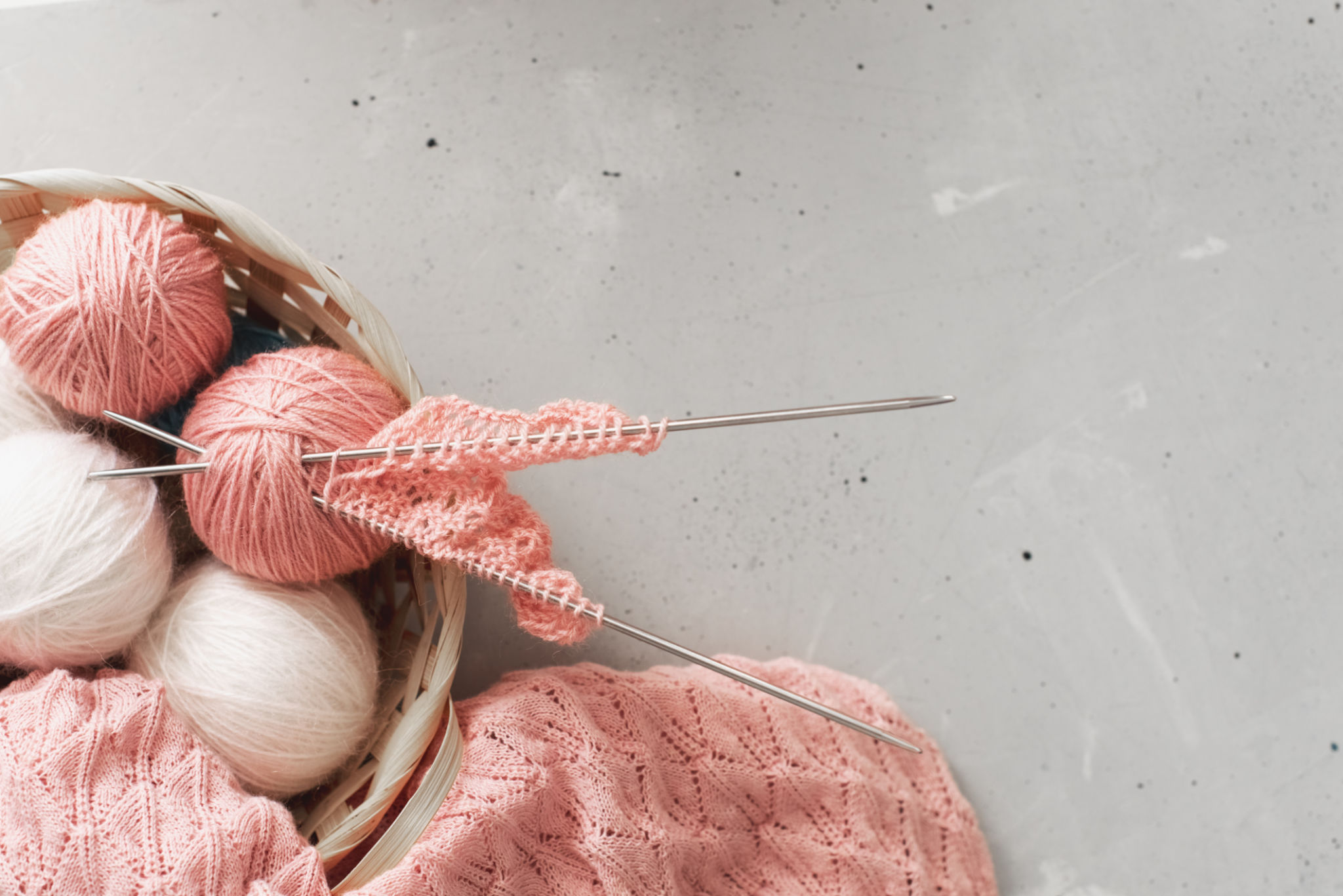A Beginner's Guide to Choosing the Right Yarn for Your Project
Understanding Yarn Fibers
When embarking on a new knitting or crocheting project, one of the first decisions you'll need to make is choosing the right yarn. Understanding the different types of yarn fibers is essential. Yarn can be made from natural fibers like wool, cotton, and alpaca, or synthetic fibers such as acrylic and polyester.
Natural fibers are often favored for their breathability and warmth. Wool, for example, is known for its elasticity and insulating properties, making it ideal for winter garments. Cotton, on the other hand, is more suitable for summer projects due to its lightness and ability to wick away moisture.

Synthetic vs. Natural Fibers
Synthetic fibers are typically more affordable and widely available. They are durable and often easier to care for than natural fibers. Acrylic yarn is a popular choice for beginners due to its versatility and budget-friendly nature. However, it may not provide the same level of warmth as natural fibers.
When choosing between synthetic and natural fibers, consider the end use of your project. For items that require frequent washing, such as baby blankets or dishcloths, synthetic blends might be more practical. Meanwhile, a luxurious scarf or sweater might benefit from the softness of cashmere or merino wool.
Yarn Weight and Gauge
Another crucial factor in selecting yarn is the weight. Yarn weight affects the thickness and texture of your finished piece. Common yarn weights include lace, fingering, sport, worsted, and bulky. Each weight is suited for different types of projects and will impact the overall look and feel of your creation.

Matching the yarn weight to your pattern's gauge is essential for achieving the correct size. Most patterns specify a gauge, measured in stitches per inch, that you should match using your chosen yarn and needles or hook. If your gauge doesn't match, you may need to adjust your needle size or choose a different yarn weight.
Considering Yarn Texture
Yarn texture can also play a significant role in your project's final appearance. Smooth yarns offer clear stitch definition, which is excellent for intricate patterns like cables or lacework. Textured or novelty yarns can add visual interest but may obscure detailed stitching.

When selecting yarn texture, think about the effect you want to achieve. Do you want a sleek, polished look, or are you aiming for something more rustic and cozy? Testing different textures with swatches can help you make an informed decision.
Color and Dye Lot
The color of your yarn can dramatically influence the aesthetic of your project. Consider not only the color itself but also how it will interact with other colors if you're using multiple shades. Additionally, always purchase enough yarn from the same dye lot to ensure color consistency across your entire piece.
Keep in mind that dye lots can vary slightly between batches, which may result in noticeable differences in color if mixed. Planning ahead and buying extra yarn can prevent any unwanted surprises later on.
Environmental and Ethical Considerations
As you become more experienced in your craft, you may wish to explore the environmental and ethical aspects of yarn production. Some companies offer eco-friendly or fair-trade options that prioritize sustainability and ethical labor practices.

Choosing such options can support responsible production methods and provide peace of mind knowing that your crafting choices align with your values.
Practical Tips for Beginners
If you're just starting out, it's wise to experiment with different types of yarn to discover what you enjoy working with most. Small projects like washcloths or scarves can be excellent practice pieces for trying out various fibers and weights.
Don't hesitate to ask for advice from local craft store employees or fellow crafters online. Communities dedicated to knitting and crocheting are often eager to share their insights and recommendations.
By considering these factors—fiber type, weight, texture, color, and ethical considerations—you'll be well on your way to choosing the perfect yarn for your next project. Happy crafting!